Ornamental Fish Farming: A Growing Market
Ornamental fish farming is a fast-growing industry that blends creativity with business opportunities, offering enthusiasts a chance to explore diverse fish types, reap unique benefits, and tackle industry challenges.
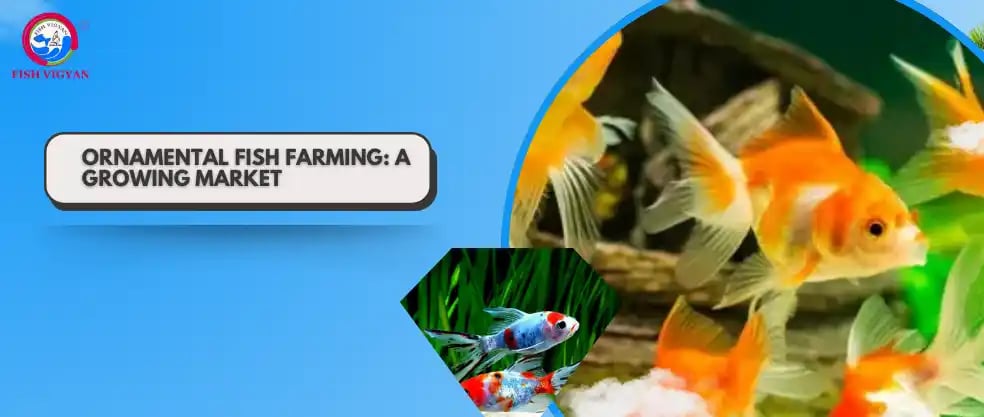

Introduction to Ornamental Fish Farming
Ornamental fish farming involves breeding and raising fish primarily for decorative purposes in aquariums and ponds. This industry has gained immense popularity over the years, driven by the increasing demand for colourful and exotic fish among aquarium enthusiasts. As more people turn to aquariums as a source of relaxation and aesthetic appeal, the market for ornamental fish continues to grow.
The global ornamental fish market was valued at approximately 5.6 billion in 2022 and is projected to reach 8.9 billion by 2030, growing at a compound annual growth rate (CAGR) of 6.1%. This growth is fuelled by the rising popularity of home aquariums, increased disposable income, and the therapeutic benefits associated with fishkeeping.
The Importance of Ornamental Fish Farming
Ornamental fish farming is not just a hobby; it is a significant economic activity. It provides livelihoods for many people around the world, especially in developing countries. The industry contributes to local economies through job creation, trade, and tourism. Additionally, ornamental fish farming promotes biodiversity by encouraging the conservation of various fish species.
In countries like India, Thailand, and Singapore, ornamental fish farming is a major export industry. For instance, Singapore is one of the largest exporters of ornamental fish, contributing significantly to its economy. The country exports over 400 species of ornamental fish to more than 80 countries, generating millions in revenue annually.
Types of Ornamental Fish
There are numerous species of ornamental fish that are popular among aquarists. Here are some of the most sought-after types:
1. Goldfish
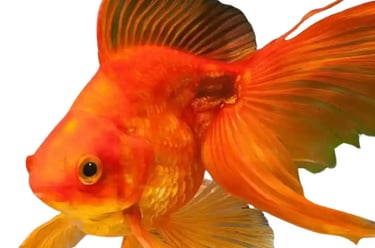

Goldfish are one of the most recognized ornamental fish. They come in various colours and sizes, making them a favourite for both beginners and experienced aquarists. Their hardiness and adaptability to different water conditions make them easy to care for. Goldfish have been domesticated for over a thousand years, originating from the crucian carp in ancient China.
2. Betta Fish
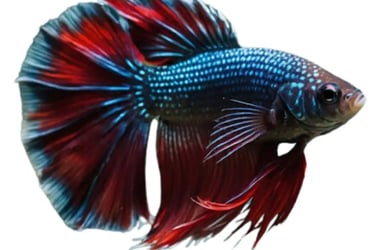

Betta fish, also known as Siamese fighting fish, are famous for their vibrant colours and flowing fins. They are relatively easy to breed and care for, making them a popular choice for home aquariums. Betta fish are native to Southeast Asia, where they inhabit shallow waters such as rice paddies and slow-moving streams.
3. Guppies
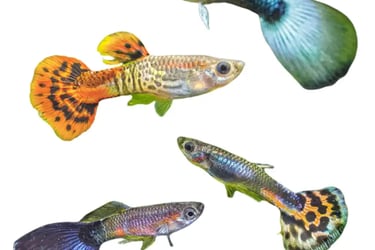

Guppies are small, colourful fish that are perfect for beginners. They are livebearers, meaning they give birth to live young, which can be an exciting experience for aquarists. Guppies are also known for their adaptability to various water conditions. Originating from South America, guppies are now found in aquariums worldwide due to their ease of breeding and vibrant colours.
4. Tetras
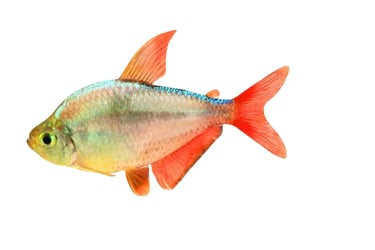

Tetras are small schooling fish that come in various species, such as neon tetras and cardinal tetras. They are known for their striking colours and peaceful nature, making them ideal for community tanks. Tetras are native to the freshwater rivers and streams of South America, where they thrive in densely vegetated areas.
5. Cichlids
Cichlids are a diverse group of fish known for their unique behaviours and vibrant colours. They can be more challenging to care for than other species, but their beauty and personality make them a favourite among experienced aquarists. Cichlids are found in various habitats, including the African Great Lakes and the rivers of South America.
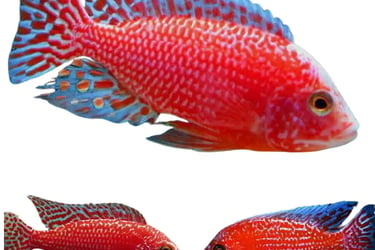

6. Angelfish
Angelfish are known for their distinctive shape and graceful movements. They are popular in community tanks and come in various colour patterns. Angelfish are native to the Amazon Basin and require a well-maintained aquarium with plenty of vertical space to swim.
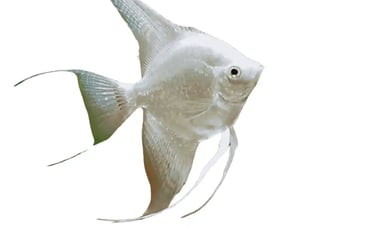

7. Discus
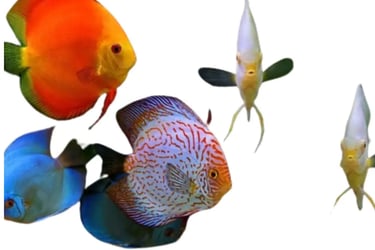

Discus fish are prized for their vibrant colours and round, flat bodies. They are often referred to as the "king of the aquarium" due to their striking appearance. Discus require specific water conditions and a high-quality diet, making them suitable for experienced aquarists.
8. Mollies
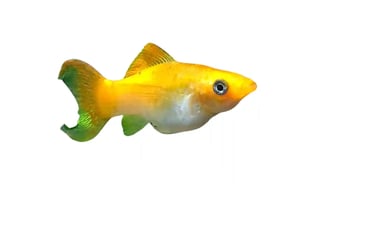

Mollies are hardy, live-bearing fish that come in various colours and patterns. They are easy to care for and can adapt to a range of water conditions. Mollies are popular among beginners and are often used in community tanks.
9. Platies
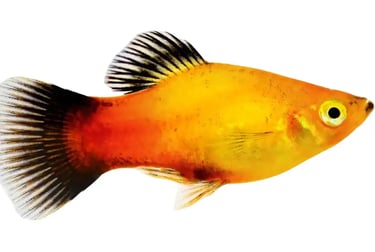

Platies are small, colourful fish that are easy to care for and breed. They are livebearers and come in a variety of colours, making them a favourite for beginner aquarists. Platies are peaceful and do well in community tanks.
10. Swordtails
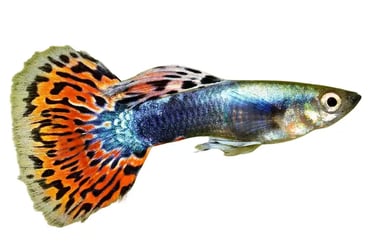

Swordtails are named for the elongated lower lobe of their tail, which resembles a sword. They are livebearers and come in various colours. Swordtails are easy to care for and are popular in community tanks.
11. Barbs
Barbs are active, schooling fish that come in various species, such as tiger barbs and cherry barbs. They are known for their vibrant colours and playful behaviour. Barbs are relatively easy to care for and do well in community tanks.
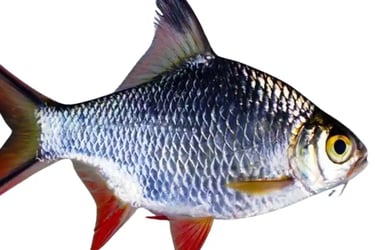

12. Rasboras
Rasboras are small, peaceful fish that are ideal for community tanks. They come in various species, such as harlequin rasboras and chili rasboras. Rasboras are known for their vibrant colours and schooling behaviour.
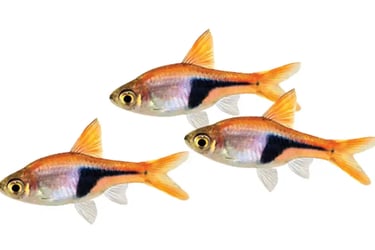

13. Danios
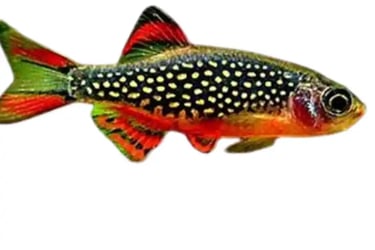

Danios are small, active fish that are easy to care for and breed. They come in various species, such as zebra danios and pearl danios. Danios are popular among beginners and do well in community tanks.
14. Killifish
Killifish are known for their vibrant colours and unique patterns. They are relatively easy to care for and come in various species. Killifish are popular among experienced aquarists and are often kept in species-specific tanks.
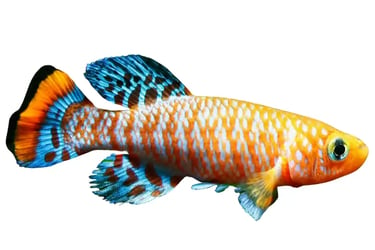

15. Loaches
Loaches are bottom-dwelling fish that come in various species, such as clown loaches and Kohli loaches. They are known for their unique appearance and behaviour. Loaches are popular in community tanks and help keep the aquarium clean by eating algae and detritus.
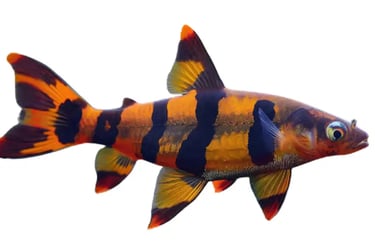

16. Corydoras
Corydoras, also known as cory catfish, are small, peaceful bottom-dwellers that are popular in community tanks. They come in various species and are known for their playful behaviour and ability to clean the tank by eating leftover food and detritus.
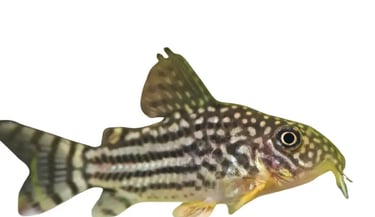

17. Gourami
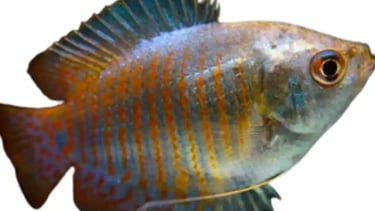

Gouramis are known for their vibrant colours and unique fin shapes. They come in various species, such as dwarf gouramis and pearl gouramis. Gouramis are relatively easy to care for and do well in community tanks.
18. Rainbowfish
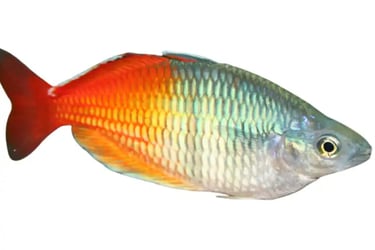

Rainbowfish are known for their vibrant colours and peaceful nature. They come in various species, such as Boeseman's rainbowfish and turquoise rainbowfish. Rainbowfish are popular in community tanks and require a well-maintained aquarium.
19. Plecos
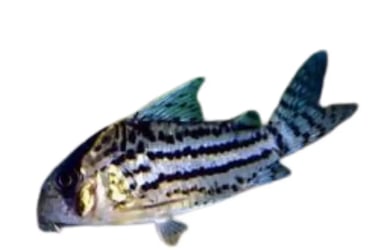

Plecos, also known as Plecostomus, are bottom-dwelling fish that are popular for their ability to clean algae from the aquarium. They come in various species, such as the common pleco and the bristle nose pleco. Plecos are relatively easy to care for and do well in community tanks.
20. Oscars
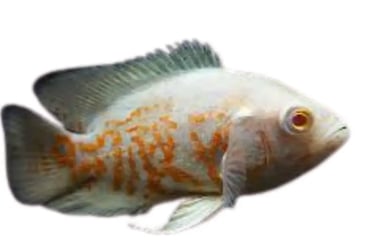

Oscars are large, intelligent fish that are popular among experienced aquarists. They are known for their vibrant colours and unique personalities. Oscars require a large aquarium and a high-quality diet, making them suitable for experienced fish keepers.
21. Arowanas
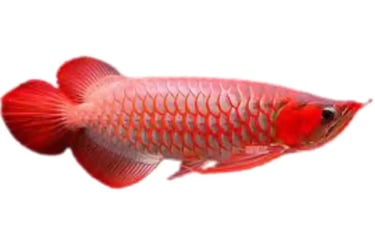

Arowanas are large, predatory fish that are prized for their unique appearance and graceful movements. They are often referred to as "dragon fish" due to their long, sleek bodies and large scales. Arowanas require a large aquarium and a high-quality diet, making them suitable for experienced aquarists.
22. Koi
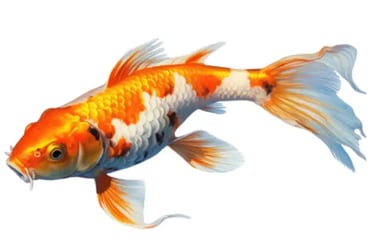

Koi are large, colourful fish that are popular in outdoor ponds. They are known for their vibrant colours and patterns, which can vary widely. Koi are relatively easy to care for and are popular among pond enthusiasts.
23. Shrimp
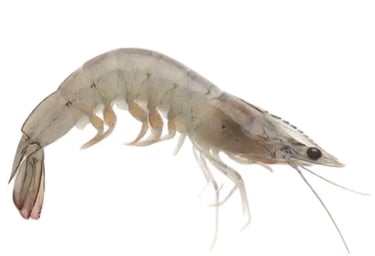

Freshwater shrimp, such as cherry shrimp and Amano shrimp, are popular in planted aquariums. They are known for their vibrant colours and ability to clean the tank by eating algae and detritus. Shrimp are relatively easy to care for and do well in community tanks.
24. Snails


Freshwater snails, such as nerite snails and mystery snails, are popular in aquariums for their ability to clean algae and detritus. They come in various colours and patterns and are relatively easy to care for. Snails are popular in community tanks and planted aquariums.
25. Seahorses
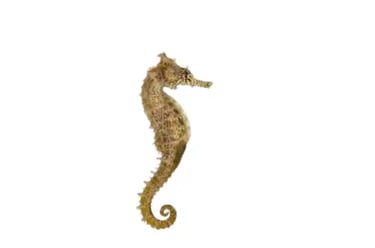

Seahorses are unique and fascinating fish that are popular among experienced aquarists. They require a specialized aquarium with gentle water flow and a diet of live food. Seahorses are known for their unique appearance and behaviour, making them a favourite among marine enthusiasts.
Benefits of Ornamental Fish Farming
Engaging in ornamental fish farming offers several advantages:
1. Low Initial Investment
Starting an ornamental fish farm can require a relatively low initial investment compared to other types of farming. Basic equipment, such as tanks, filters, and heaters, can be acquired at a reasonable cost. For small-scale operations, a startup cost of 1,000 to 5,000 can be sufficient to get started.
2. High Demand
3. Environmental Benefits
The demand for ornamental fish is consistently high, driven by the growing popularity of home aquariums. This demand creates opportunities for farmers to sell their fish locally and internationally. The United States, Europe, and Asia are the largest markets for ornamental fish, with the U.S. alone importing over $200 million worth of ornamental fish annually.
Ornamental fish farming can promote sustainable practices. By breeding fish in controlled environments, farmers can help reduce the pressure on wild fish populations and contribute to conservation efforts. Sustainable farming practices, such as using recirculating aquaculture systems (RAS), can minimize water usage and environmental impact.
4. Therapeutic Benefits
Keeping ornamental fish has been shown to have therapeutic benefits. Many people find watching fish swim to be calming and stress-relieving, leading to increased interest in aquariums. Studies have shown that aquariums can reduce stress, lower blood pressure, and improve mental well-being.
5. Educational Opportunities
Ornamental fish farming can serve as an educational tool for schools and communities. It provides opportunities for learning about aquatic ecosystems, biology, and environmental stewardship. Many schools incorporate aquariums into their science curricula to teach students about marine life and conservation.
Challenges in Ornamental Fish Farming
While ornamental fish farming has many benefits, it also comes with its challenges:
1. Disease Management
Fish are susceptible to various diseases, which can spread quickly in a farm setting. Farmers must be vigilant in monitoring their fish for signs of illness and implementing proper biosecurity measures. Common diseases include ich (white spot disease), fin rot, and bacterial infections.
2. Water Quality Control
Maintaining optimal water quality is crucial for the health of ornamental fish. Farmers need to regularly test and adjust parameters such as pH, ammonia, and nitrate levels to ensure a healthy environment. Poor water quality can lead to stress, disease, and mortality in fish.
3. Market Competition
As the ornamental fish market grows, competition among farmers increases. It is essential to differentiate products and develop a strong marketing strategy to attract customers. Building a brand and offering unique or rare species can help farmers stand out in a crowded market.
4. Regulatory Compliance
Ornamental fish farming is subject to various regulations, including permits and licenses. Farmers must stay informed about local laws and ensure compliance to avoid legal issues. In some countries, there are strict regulations on the import and export of certain fish species to prevent the spread of invasive species.
5. Knowledge and Skills
Successful ornamental fish farming requires knowledge of fish biology, breeding techniques, and husbandry practices. Continuous learning and skill development are essential for long-term success. Farmers should stay updated on the latest research and advancements in aquaculture to improve their practices.
Starting Your Ornamental Fish Farm
If you are considering starting your own ornamental fish farm, here are some steps to guide you:
Conclusion
Ornamental fish farming is a thriving industry with immense potential for growth. Whether you are a hobbyist looking to breed fish for personal enjoyment or an entrepreneur seeking a profitable business venture, this market offers exciting opportunities. By understanding the types of fish, the benefits and challenges of farming, and the steps to start your own farm, you can navigate this vibrant world with confidence. As the demand for ornamental fish continues to rise, now is the perfect time to dive into this colourful and rewarding industry.
With the right knowledge, skills, and dedication, ornamental fish farming can be a fulfilling and profitable endeavour. As the industry continues to evolve, staying informed and adapting to new trends and technologies will be essential for long-term success. Whether you are a seasoned aquarist or a newcomer to the world of fishkeeping, ornamental fish farming offers a unique opportunity to combine passion with profit.
1. Research and Planning
Begin by researching the ornamental fish market, including popular species, breeding techniques, and market trends. Create a business plan outlining your goals, target market, and financial projections. Consider factors such as location, water source, and market demand when planning your farm.
2. Choose Your Fish Species
Select the species of fish you want to farm based on market demand, your interests, and your ability to care for them. Consider starting with a few species to gain experience before expanding your offerings. Research the specific requirements for each species, including water temperature, pH, and diet.
3. Set Up Your Facility
Design your fish farming facility, ensuring it has the necessary equipment for breeding and maintaining fish. This includes tanks, filtration systems, heaters, and lighting. Consider using recirculating aquaculture systems (RAS) to conserve water and maintain optimal water quality.
4. Source Quality Stock
Purchase healthy breeding stock from reputable suppliers. Ensure that the fish are disease-free and of high quality to increase your chances of success. Quarantine new fish before introducing them to your main tanks to prevent the spread of disease.
5. Implement Best Practices
Adopt best practices for fish husbandry, including proper feeding, water quality management, and disease prevention. Regularly monitor your fish for signs of stress or illness. Keep detailed records of water parameters, feeding schedules, and any health issues to track the progress of your farm.
6. Market Your Fish
Develop a marketing strategy to promote your ornamental fish. Utilize social media, local pet stores, and online marketplaces to reach potential customers. Building a strong brand can help you stand out in a competitive market. Consider offering educational content, such as care guides and breeding tips, to attract and retain customers.
7. Stay Informed
Stay updated on industry trends, new breeding techniques, and advancements in fish care. Joining aquarist forums and attending trade shows can provide valuable insights and networking opportunities. Continuous learning and adaptation are key to staying competitive in the ornamental fish farming industry.
